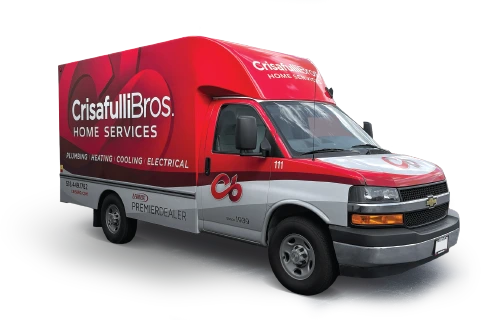At Crisafulli Bros. in Albany, we really believe in empowering our customers with plumbing knowledge. We like to make certain that everyone who calls on us for help knows at least the basics of the work we will perform and why. This is a huge part of how we keep our services honest, reliable, and fairly priced.
Oftentimes, drainage work is the most foreign to our customers. To help you get an idea of what can cause a drain problem, as well as how such issues can be fixed, we have compiled a quick glossary of drain terminology every property owner should know.
Commonplace drainage terms you may hear or recognize:
- Backflow: Water that flows in reverse, or back into your home. Backflow can come from any faucet or water outlet, but typically occurs in a sewer line, meaning hazardous sewer water can flood back into your home.
- Collection box: In many drainage systems, water collected through a grate is first pooled into a collection box. Another pipe attached to the collection box to drain water from there. Collection boxes help prevent the permanent loss of valuables that fall through a grate.
- Discharge: Any water removed through a drainage system is generally called discharge.
- Downspout: Any pipe installed vertically in a drainage system. A common downspout is the one that leads from your roof’s gutter system down to the ground.
- French drain: A drainage system topped with loose rocks or gravel, which helps redirect water towards a grate or collection box. French drains are popular for their appearance and helpfulness in preventing ground movement due to heavy rain.
- Grade: As it is with mathematics, grade in drainage systems refers to the ground’s slope compared to the foundation. Negative grades pool water back towards the foundation and, thusly, are not desirable. Positive grades move water away from the foundation.
- Kitchen drain: Any drain in your kitchen or that drains from your kitchen. There may be multiple drains within your kitchen other than the sink, such as for the dishwasher and the refrigerator.
- Pop-up valve: A specialized end of a drainage system that allows for manual opening when more rapid drainage is needed.
- Snaking: When there is a bad clog in a drain or pipe, plumbing technicians can use a snaking system to remove it. The “snake” is not the animal, but instead a flexible auger that can be fed deeply down the drain to reach the source of the clog.
- Storm drain: A typically-large drain to remove great amounts of water during strong storms and discharge it into the city’s main sewer line. Storm drains on your property are likely your responsibility to service and keep in good condition.
- Sump pump: A pump system placed in basements, cellars, and low points in some yards where immediate drainage is not installed. The pump will siphon pooling water and send it down an attached hose, where it can discharge as needed at the other end. Sump pumps can be turned on manually or automatically, depending on the unit.
- Swale: A small concrete tunnel that helps direct water away from areas where it can collect. Swales often run alongside driveways so discharge can easily reach the street’s gutter.
Have more questions about sewer and drainage terms and services? Please feel free to call (518) 868-0494 and speak with Crisafulli Bros. of Albany. With more than 80 years of industry experience, you can trust that our knowledge is accurate. You can also contact us online to arrange a service today.




